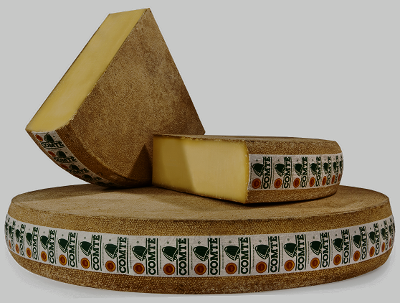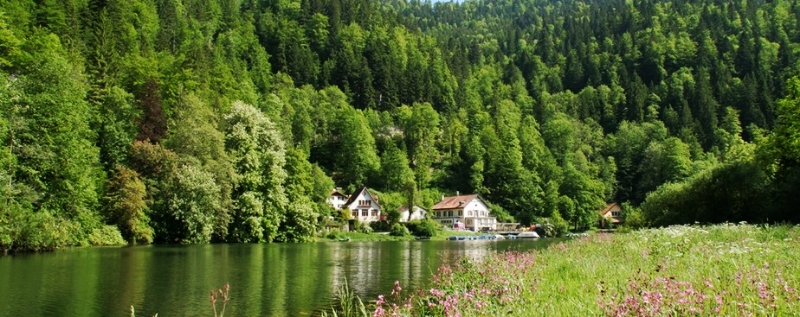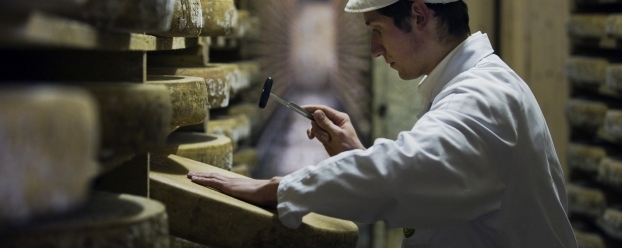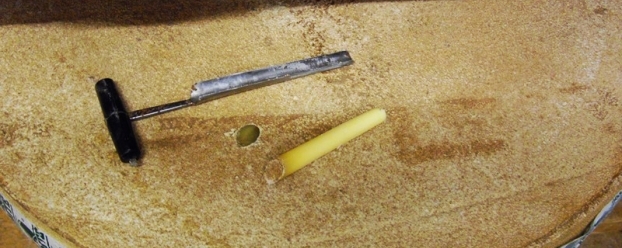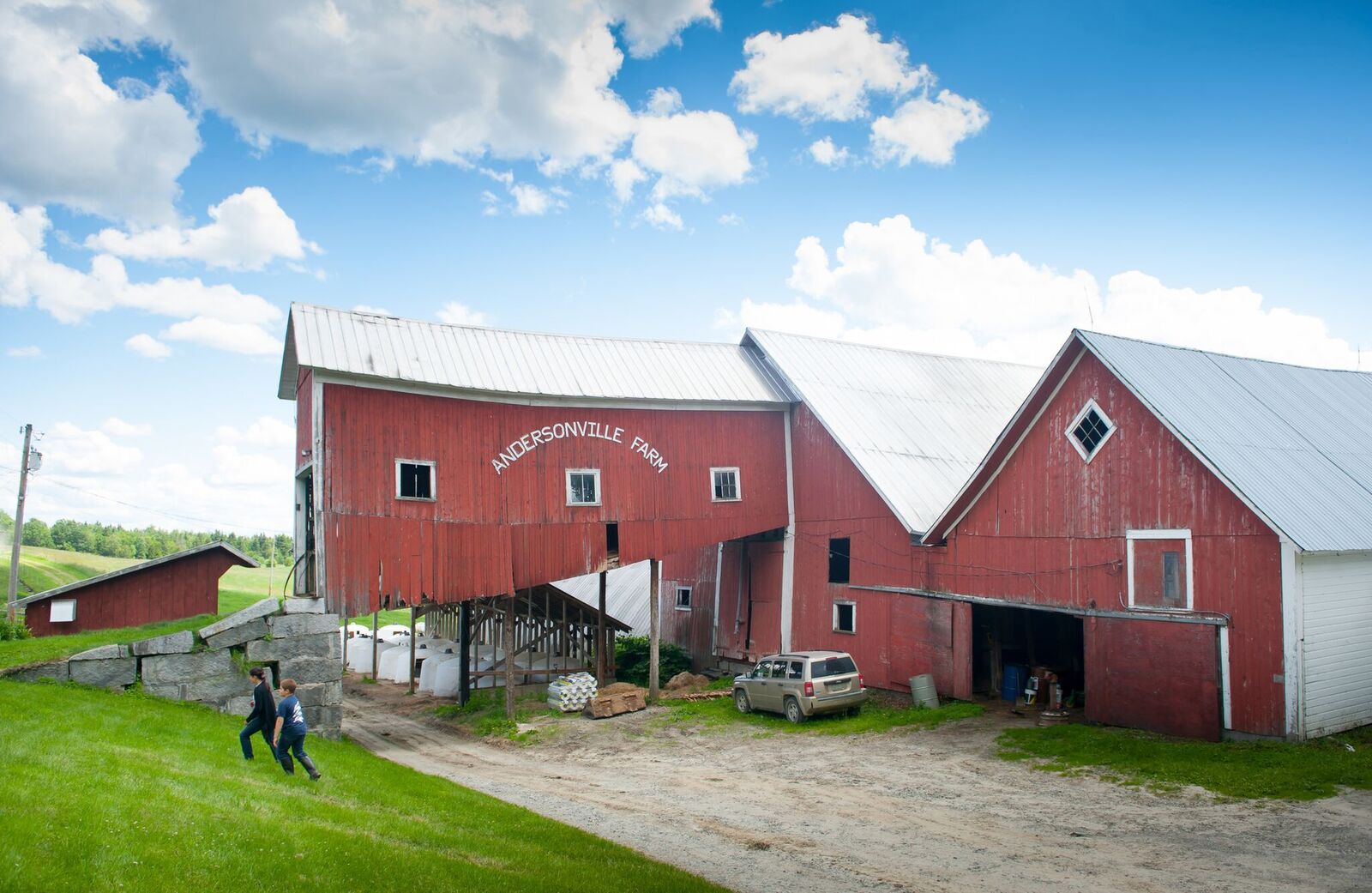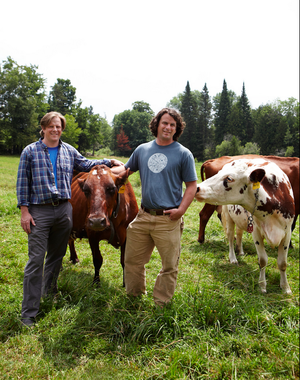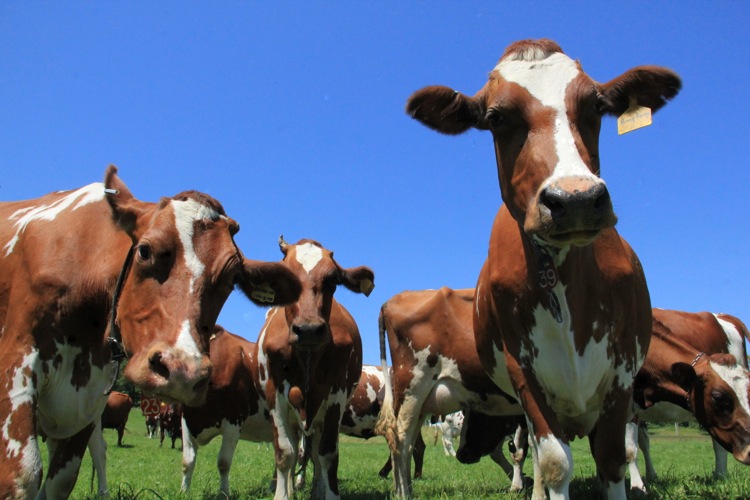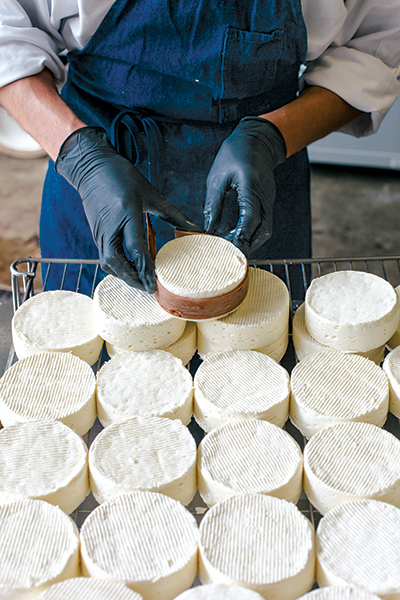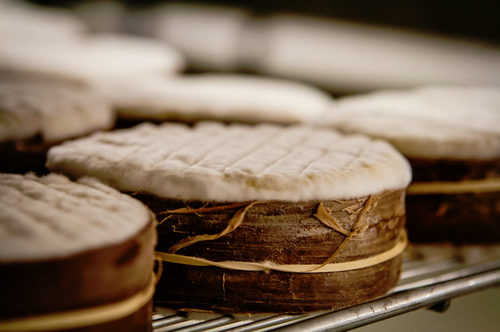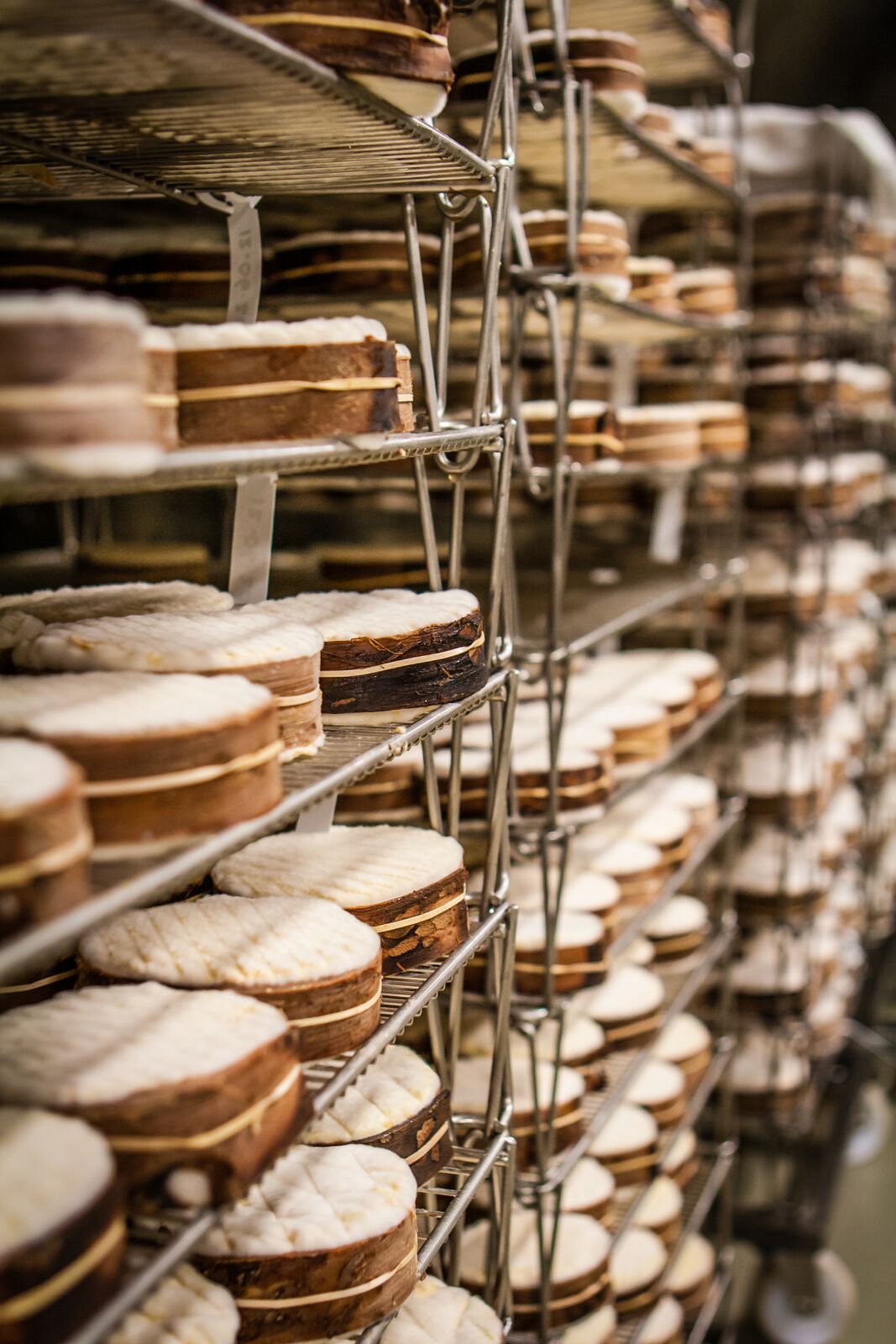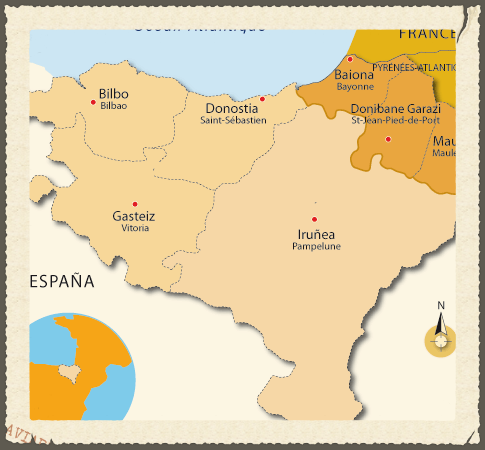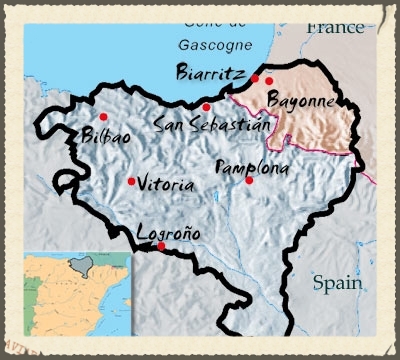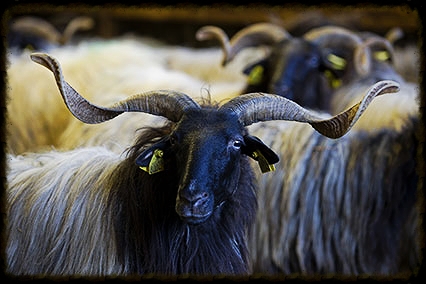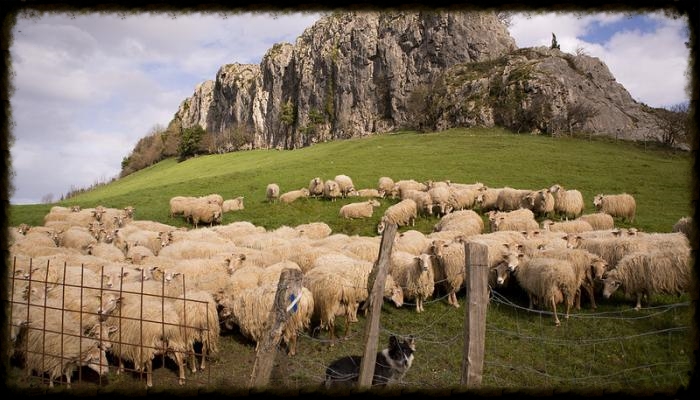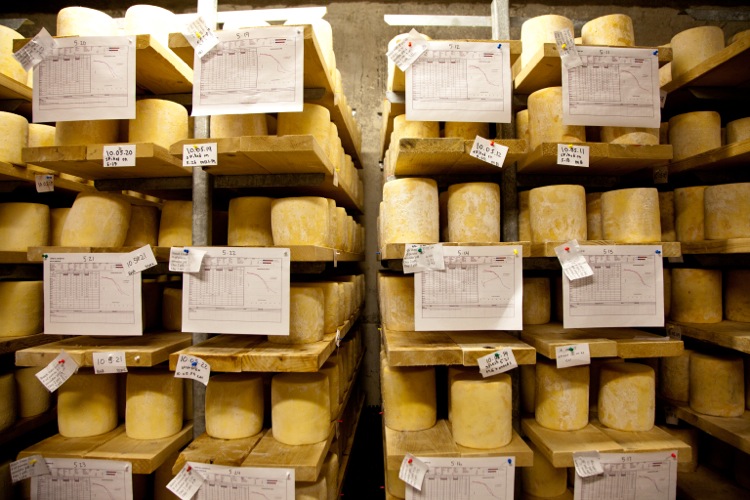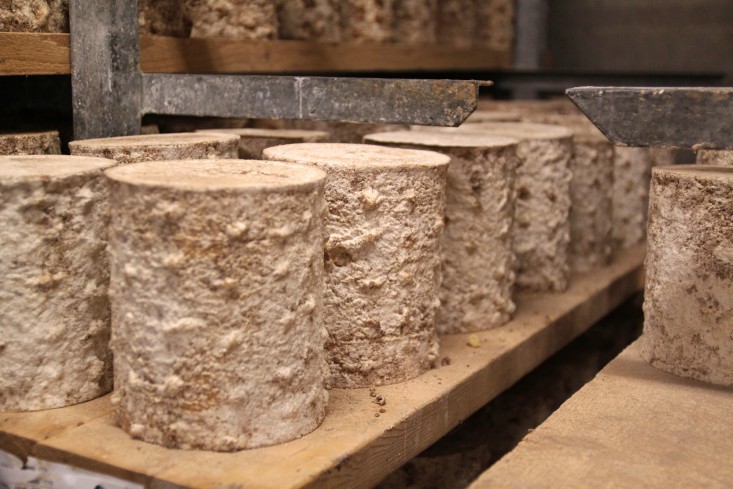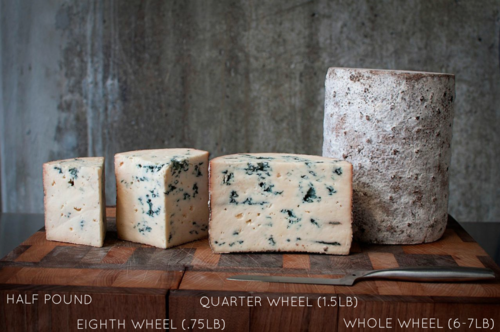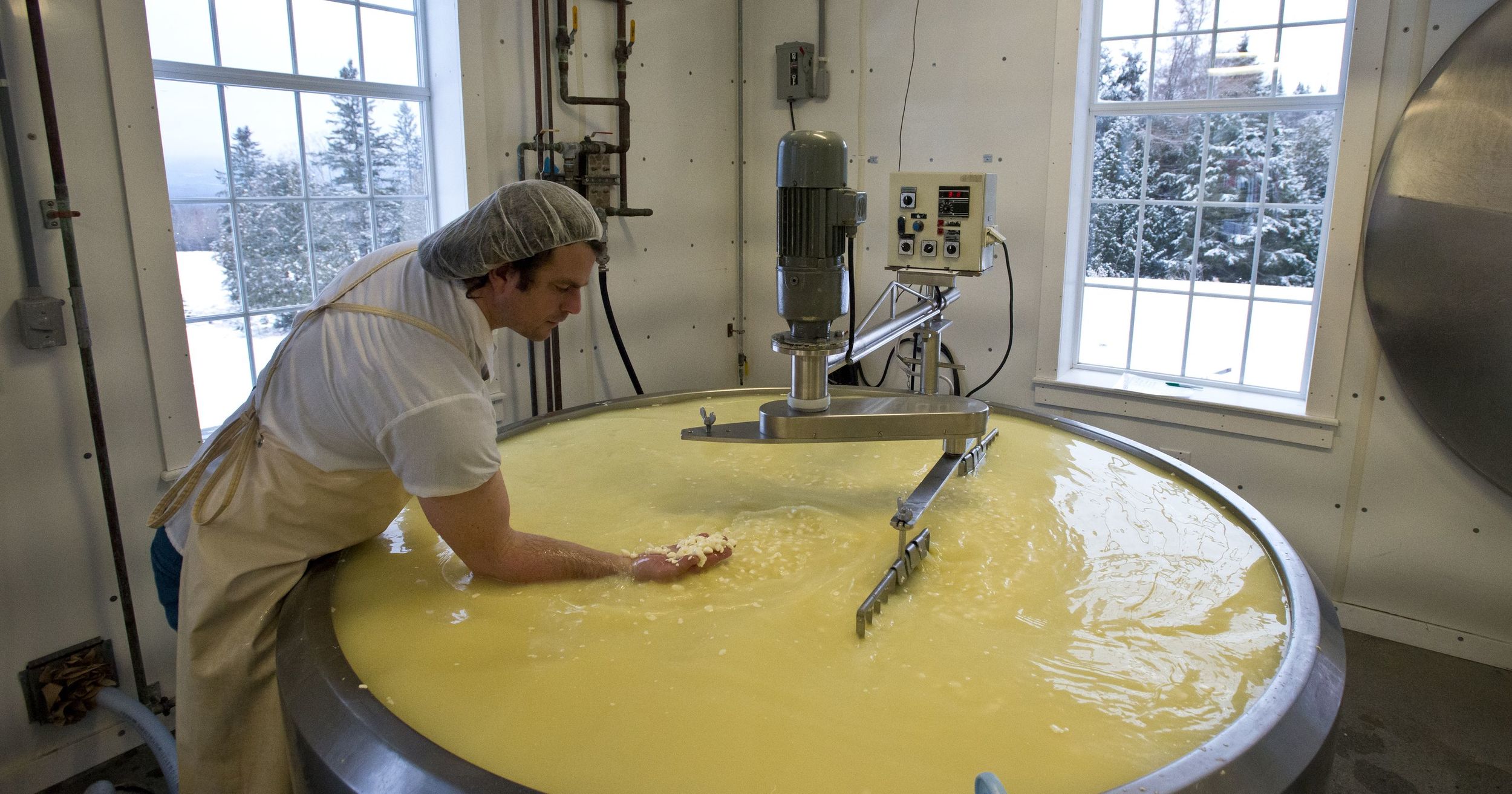The production of this cheese, that won "Best in Show" at the American Cheese Society Awards in 2006, resulted in Jasper Hill earning the credibility to get the financing to build a multi-million dollar cheese-aging facility underground in Greensboro, VT.
Cabot Clothbound Cheddar is easy to love. It is made in the tradition of large format English Cheddars weighing in at 32 pounds and wrapped in bandages. The young cheese is covered in lard and an additional layer of cloth is added. The cheese ages for 10-15 months in a specially calibrated vault in the Cellars, where they are constantly brushed, turned, and monitored for quality. This cheese is not only a cornerstone for the Jasper Hill farm but also for American artisan cheese making. It's character is a result of tradition and innovation coming together every step of the way.
Clothbound has a signature tang and caramel nuttiness with a rustic crystalline texture that becomes creamy on the palate. It has a savory-sweet balance that makes it perfect for many occassions. Whether it's eating out of hand as a snack, served with charcuterie and jams, or melted on a burger, Cabot Clothbound should be a staple in everyone's home.
WHAT GOES WITH MY CHEESE
Because of its versatility, Cabot may be served in many ways. I love to cook with it. Use in a mac and cheese mix with Gruyere and Emmenthaler. Also, melt it over a burger or grilled chicken breasts. On a cheese plate, serve it with apple jam or honeycomb, roasted nuts and Lesley Stowe's Raincoast crisp crackers. I love the cranberry hazelnut flavored ones, but they are all excellent. A little pricey but worth it for their uniqueness and how well they pair up with cheese.
Due to it's complexity and sweet-salty flavors, Clothbound works beautifully with a broad range of wines and beers. However, in order to keep up with Jasper Hills "taste of place" mission, this cheese is a perfect match with Woodchuck's Apple Cider. For a more tart contrast, try the Woodchuck's Granny Smith.
If beer just isn't your thing and you prefer wine, again, try this cheese with almost ANYTHING....except for real fruity light bodied wines like Rieslings or Sauvingon Blancs. The caramel and nut flavors in the cheese along with its creaminess overpower these wines. However, a complex Chardonnay should stand up to this quite well.
Lucky for us, this cheese is so approachable it is easy to find. It is available at most Costcos in 1.5-2lb cryovacked chunks. Most cheese shops should be carrying this cheese or you may always order it from the Jasper Hill website. Any good cheesemonger should be able to source this cheese. It is distributed all over the country. Oh! and for you lactose intolerant babies, this cheese IS lactose free.
As for the cider, wine and accoutrements you may have to use your imagination a little bit and explore what's available locally. Woodchucks cider should be available anywhere with a half-decent beer selection. You may have to special order the Granny Smith flavor but it will be worth the wait for the treat. In the meantime, enjoy what all their websites have to offer.
Cheese name: Cabot Clothbound Cheddar
Producer: Cabot
Where: Vermont
Size: 32lb wheel but available in a variety of cuts
Cheese category: Semi hard cheddar
Milk: pasteurized cow's milk
Special attributes: lactose free
CHECK OUT THESE LINKS
Jasper Hill Cabot Clothbound
Cabot Creamery/ Kempton Farm
Woodchuck Cider
Lesley Stowe Raincoast Crisps




